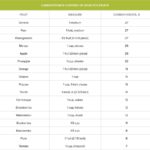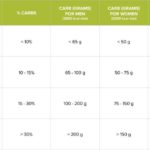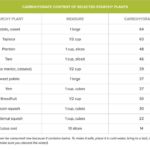Immediately after my son began having seizures, we placed him on what I thought to be a low-carb diet. In hindsight, it involved far more protein, than fats. A few months later we placed him on the ketogenic diet through the help of a registered dietician. What I discovered was as a parent, I was willing to try anything, and possibly even incorrectly. Fortunately, now there’s plenty of help available, offered through Facebook groups and through online resources. If you are doing this on your own then please consider taking a few minutes to look into if you are offering the CORRECT amount of carbohydrates. Here’s a 3 STEP PROCESS that will help you identify if you/your loved one is getting enough calories and enough carbohydrates.
1. Calculate the amount of calories required using the height, weight and age. Choose medium for activity and to maintain weight (not to lose weight).
2. Consider the amount of carbohydrates you’d like to allow on a given day (Less than 10%, 15%, 25%, etc). Calculate that percentage against the number of calories and then divide by 4 to get the total number of grams.
3. Look at these charts (thanks Chris Kresser) to assess if the amount of carbohydrates you are offering is accurate.
Here are a couple of examples: Example 1: an 80lb, 4′ 9″, 10 year old boy calculates to 1550 to 1750 calories per day. The amount of carbohydrates I’d like him to be on are less than 10% which would equal (175/4) 43grams. This would allow him one large sweet potato (37 grams) and 1 cup of broccoli (6 grams) per day. Of course I can also offer 1/2 sweet potato, 1/2 cup of broccoli and other carbohydrates to create more abundance. Example 2: An adult woman should consume less than 10% of carbohydrates based on a 2000 calories per day (<50g) diet.
Please refer to your primary care physician or your neurologist to discuss these needs. Below are excellent charts to help you with interpreting the best diet. I would love your feedback.
Much light,
Lynn






